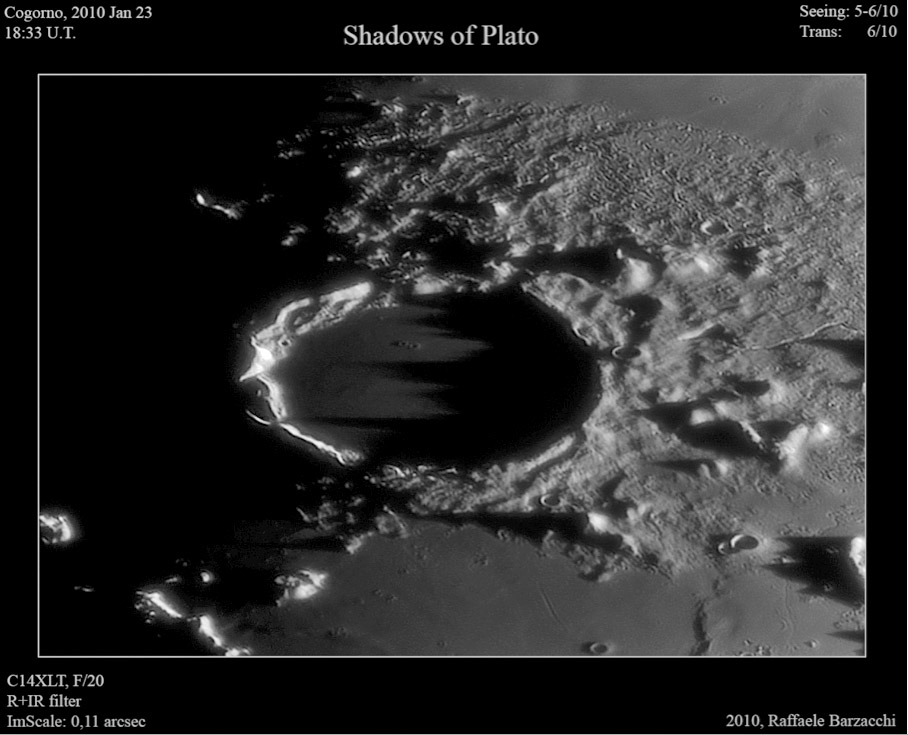Difference between revisions of "July 16, 2010"
| (5 intermediate revisions by the same user not shown) | |||
| Line 1: | Line 1: | ||
__NOTOC__ | __NOTOC__ | ||
=A Classic View= | =A Classic View= | ||
| + | <!-- Start of content --> | ||
<!-- ws:start:WikiTextHeadingRule:1:<h1> --> | <!-- ws:start:WikiTextHeadingRule:1:<h1> --> | ||
<!-- ws:start:WikiTextLocalImageRule:16:<img src="/file/view/LPOD-July16-10.jpg/152816495/LPOD-July16-10.jpg" alt="" title="" /> -->[[File:LPOD-July16-10.jpg|LPOD-July16-10.jpg]]<!-- ws:end:WikiTextLocalImageRule:16 --><br /> | <!-- ws:start:WikiTextLocalImageRule:16:<img src="/file/view/LPOD-July16-10.jpg/152816495/LPOD-July16-10.jpg" alt="" title="" /> -->[[File:LPOD-July16-10.jpg|LPOD-July16-10.jpg]]<!-- ws:end:WikiTextLocalImageRule:16 --><br /> | ||
| − | <em>image by [mailto:raffaele.barzacchi@fastwebnet.it | + | <em>image by [mailto:raffaele.barzacchi@fastwebnet.it Raffaele Barzacchi], Italy</em><br /> |
<br /> | <br /> | ||
| − | Can any observer get too much of Plato? I doubt it, for every illumination reveals features of interest. Raffaele's masterpiece of shadows captures enough details for multiple LPODs. At the center of attention are the long shadows, the southern most even reaches the western wall, nearly to its rim crest. Jim Mosher has done a careful [ | + | Can any observer get too much of Plato? I doubt it, for every illumination reveals features of interest. Raffaele's masterpiece of shadows captures enough details for multiple LPODs. At the center of attention are the long shadows, the southern most even reaches the western wall, nearly to its rim crest. Jim Mosher has done a careful [https://the-moon.us/wiki/Plato study] of these peaks, finding heights of 3200, 2600, and 1900 m from south to north. Rilles are also common, from the easy ([https://the-moon.us/wiki/Rimae_Plato Plato Rille] at center right), the rille segment at bottom right, and the gash-like rille on the floor of [https://the-moon.us/wiki/Ancient_Newton Ancient Newton]. At top center is an apparent flat-floored rille that has been partially buried and disguised by ejecta from Plato and perhaps Imbrium. A less certain trough is south and east of the main one. The Moon has endless layers of history with only the most recent easy to read.<br /> |
<br /> | <br /> | ||
| − | <em>[mailto:tychocrater@yahoo.com | + | <em>[mailto:tychocrater@yahoo.com Chuck Wood]</em><br /> |
<br /> | <br /> | ||
<strong>Technical Details</strong><br /> | <strong>Technical Details</strong><br /> | ||
| Line 13: | Line 14: | ||
<br /> | <br /> | ||
<strong>Related Links</strong><br /> | <strong>Related Links</strong><br /> | ||
| − | Rükl plate [ | + | Rükl plate [https://the-moon.us/wiki/R%C3%BCkl_3 3]<br /> |
<br /> | <br /> | ||
<hr /> | <hr /> | ||
| − | < | + | <table class="wiki_table"> |
| − | < | + | <tr> |
| − | ---- | + | <td> <!-- RemoveRevolverMaps --> |
| − | + | <!-- RemoveRevolverMaps --> | |
| − | + | </td> | |
| + | <p><b>Yesterday's LPOD:</b> [[July 15, 2010|The Southern Farside]] </p> | ||
| + | <p><b>Tomorrow's LPOD:</b> [[July 17, 2010|A Simpler Moon]] </p> | ||
| + | <!-- End of content --> | ||
| + | {{wiki/ArticleFooter}} | ||
Latest revision as of 17:48, 13 October 2018
A Classic View

image by Raffaele Barzacchi, Italy
Can any observer get too much of Plato? I doubt it, for every illumination reveals features of interest. Raffaele's masterpiece of shadows captures enough details for multiple LPODs. At the center of attention are the long shadows, the southern most even reaches the western wall, nearly to its rim crest. Jim Mosher has done a careful study of these peaks, finding heights of 3200, 2600, and 1900 m from south to north. Rilles are also common, from the easy (Plato Rille at center right), the rille segment at bottom right, and the gash-like rille on the floor of Ancient Newton. At top center is an apparent flat-floored rille that has been partially buried and disguised by ejecta from Plato and perhaps Imbrium. A less certain trough is south and east of the main one. The Moon has endless layers of history with only the most recent easy to read.
Chuck Wood
Technical Details
See image edges
Related Links
Rükl plate 3
Yesterday's LPOD: The Southern Farside
Tomorrow's LPOD: A Simpler Moon
COMMENTS?
Register, Log in, and join in the comments.



